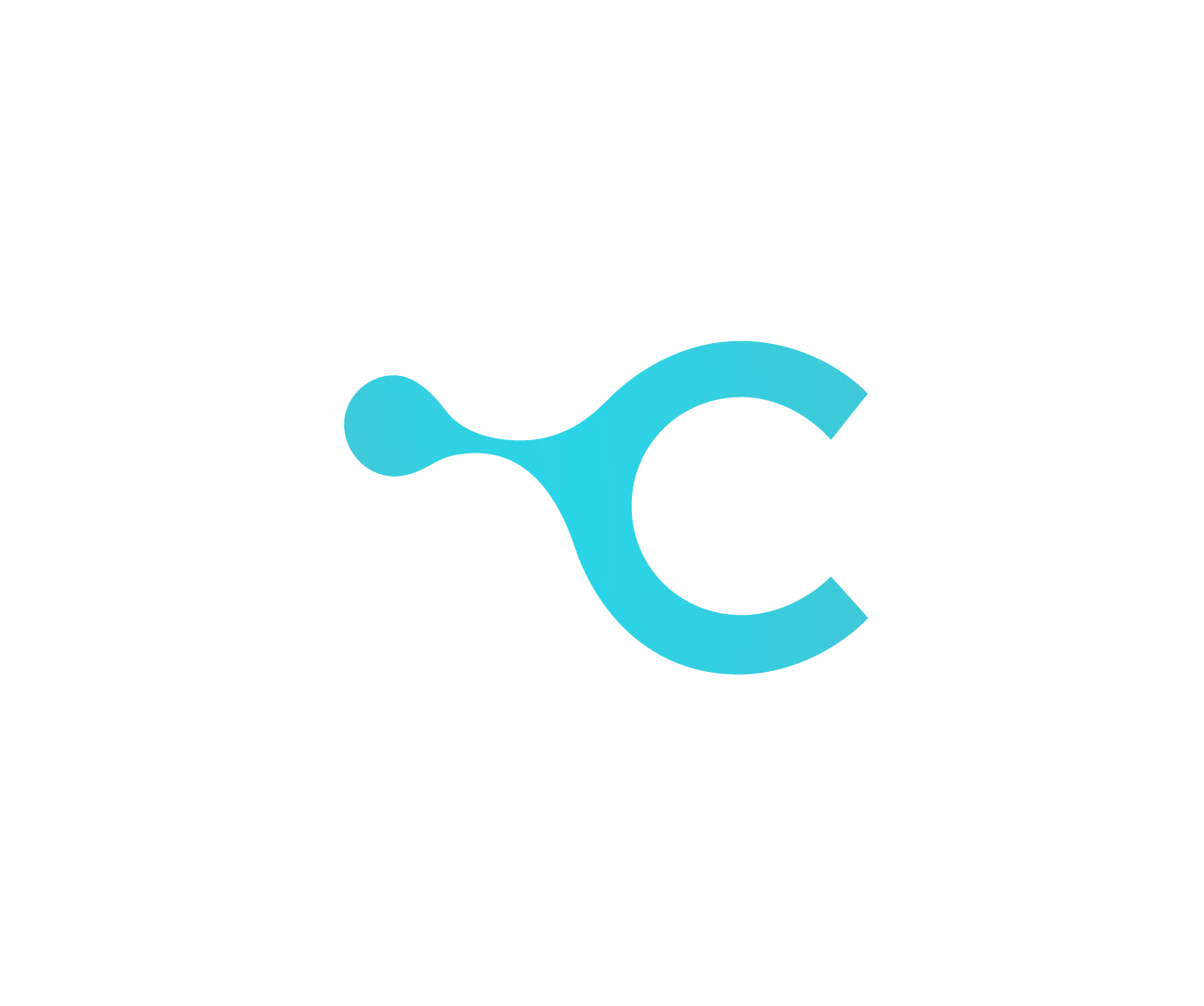Fast analysis of scratch assay - just do it now!

Application for wound healing assay analysis
1. The wound must pass roughly through the center of the image.
2. Grayscale images with even lighting.
3. The confluence of seeded cells must not be less than 95%, to eliminate empty areas outside the wound.
Wound healing assay, also called a scratch assay is one of the most commonly used tests to study directional and collective movements of adherent cells growing in a monolayer. This simple and inexpensive assay allows to observe processes which mimic natural ones, occurring during tissues development [1] and repair [2] or cancer metastasis [3]. Wound healing assay can be applied not only to investigate mechanisms underlying aforementioned processes but also for screening analysis of biologically active substances, such as RNAs [4] or for drugs [5]. For cells such as epithelial or endothelial cells with the migration regulated by ECM (extracellular matrix) and intracellular interactions, [6] wound healing assay can be performed to assess the influence of these factors (i.e. ECM composition or stiffness) on collective cells movement.
Wound healing assay is performed in three basic steps: cell seeding, wound creation and cell migration observation. In the first step cells are seeded into cell culture plates (6,12 or 24 - wells) and cultured until the confluence reaches high level. Then monolayered area, covered by cells is scratched - traditionally using pipette tip – to artificially create wound. Presence of the cell-free area induces cell migration. Unfortunately, this method has many drawbacks: cells are pushed into the edges of the wound which are ragged by pipet tips also the ECM could be damaged. All of these factors can affect the results of the assay and make them less reliable. Another possibility is to use inserts dedicated for wound healing assay. Cells are cultured inside the insert. After insert removal the wound area is created. Edges of wound are regular, the gap between the edges is always the same and the is no cell debris on wound area. The test conditions of the assay are more stable and standardized giving more reliable results. In the last step cells migrate to the area of the wound to close the gap and create surface fully covered with cells. Cells are observed under transmitted-light microscope. In set intervals the images of the wound are taken and based of them results of the assay are calculated. Usually the results are presented as a wound recovery (area of the wound covered by cells after set period of time) [7] or migration rate (difference between original scratch width and new scratch width, compared to original scratch width) [8].
Wound healing assay can be applied for a variety of research purposes. The most important aspect of the test is to ensure standardized testing conditions as well as standardized method of results analysis. Unfortunately, manually calculated results are characterized by low repeatability and reproducibility. The use of automated image analysis systems will improve these characteristics.
References:
[1] C.J. Weijer. Collective cell migration in development. J Cell Sci 2009; 122:3215-23.
[2] M. Long, M. Rojo de la Vega, Q. Wen, M. Bharara, T. Jiang, R. Zhang, et al., An essential role of NRF2 in diabetic wound healing, Diabetes 65 (2016) 780–793
[3] H.Y. Lee, K.A. Mohammed, F. Kaye, P. Sharma, B.M. Moudgil, L.W. Clapp, N. Nasreen. Targeted delivery of let-7a microRNA encapsulated ephrin-A1 conjugated liposomal nanoparticles inhibit tumor growth in lung cancer. International Journal of Nanomedicine 8 (2013), 4481–4493.
[4] K.J. Simpson, L.M. Selfors, J. Bui, A. Reynolds, D. Leake, A. Khvorova, J.S. Brugge. Identification of genes that regulate epithelial cell migration using an siRNA screening approach. Nat Cell Biol 10 (2008), 1027-38.
[5] G.A. Borges, S.T. Elias, S.S. Da, P.O. Magalhaes, S.B. Macedo, A.P. Ribeiro, et al., In vitro evaluation of wound healing and antimicrobial potential of ozone therapy, J. Craniomaxillofac. Surg. 45 (2017) 364–370.
[6] P. A. Underwood, P. A. Bean, J. R. Gamble. Rate of endothelial expansion is controlled by cell:cell adhesion. Int. J. Biochem. Cell Biol. 34 (2002), 55–69.
[7] C. Lauand, P. Rezende-Teixeira, B.A. Cortez, E.L. Niero, et al., Independent of ErbB1 gene copy number, EGF stimulates migration but is not associated with cell proliferation in non-small cell lung cancer, Cancer Cell Int. 13 (2013) 38.
[8] Y. Zhou, J. Su, L. Shi, Q. Liao, Q. Su. DADS downregulates the Rac1- ROCK1/PAK1-LIMK1-ADF/cofilin signaling pathway, inhibiting cell migration and invasion. Oncol. Rep. 29 (2013), 605–612.
